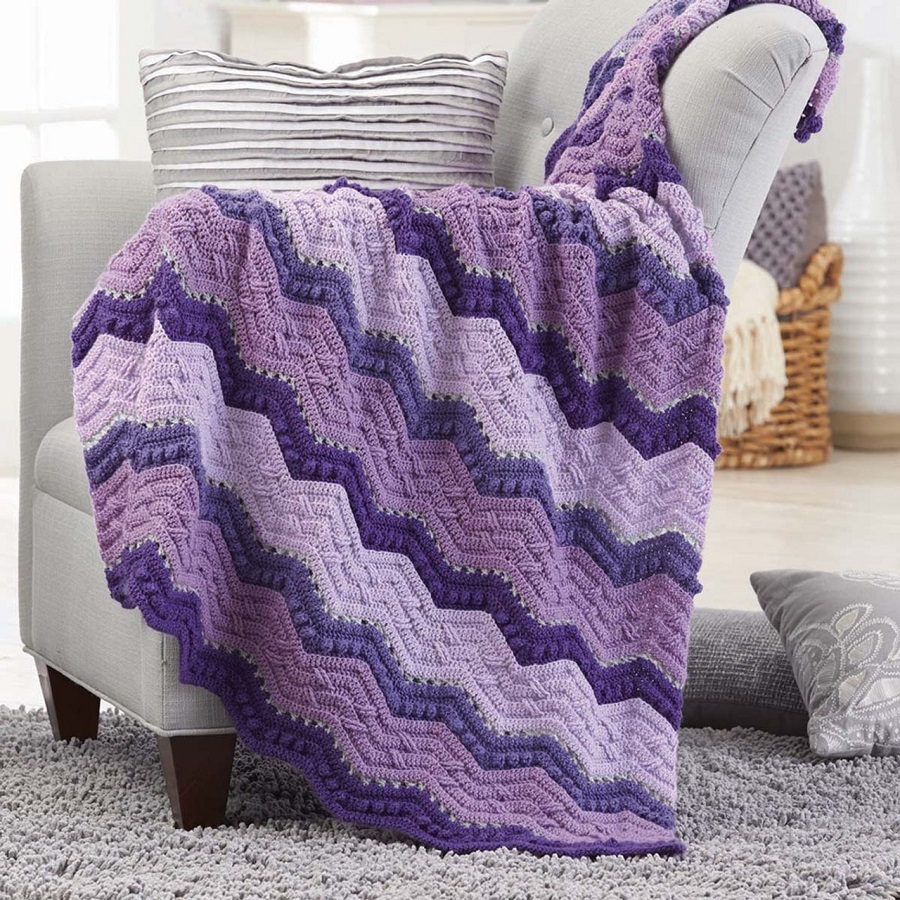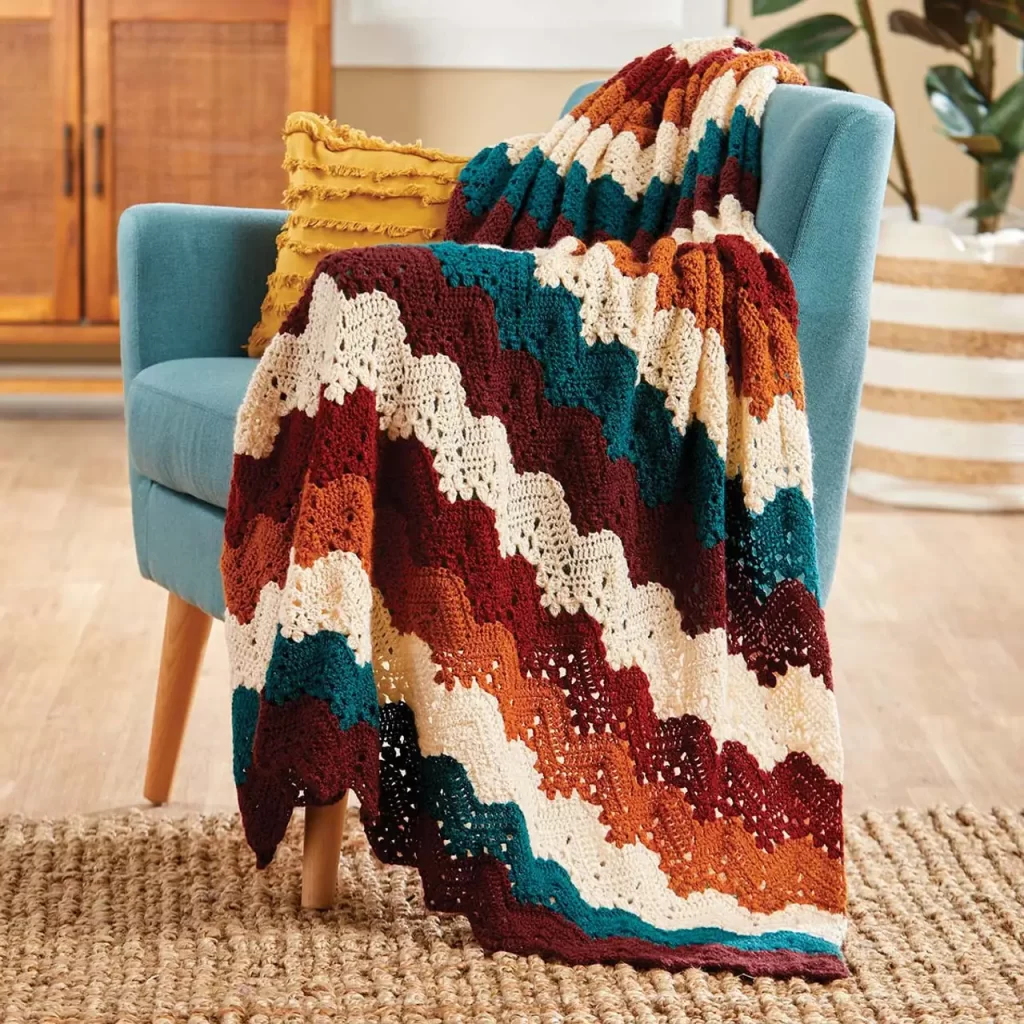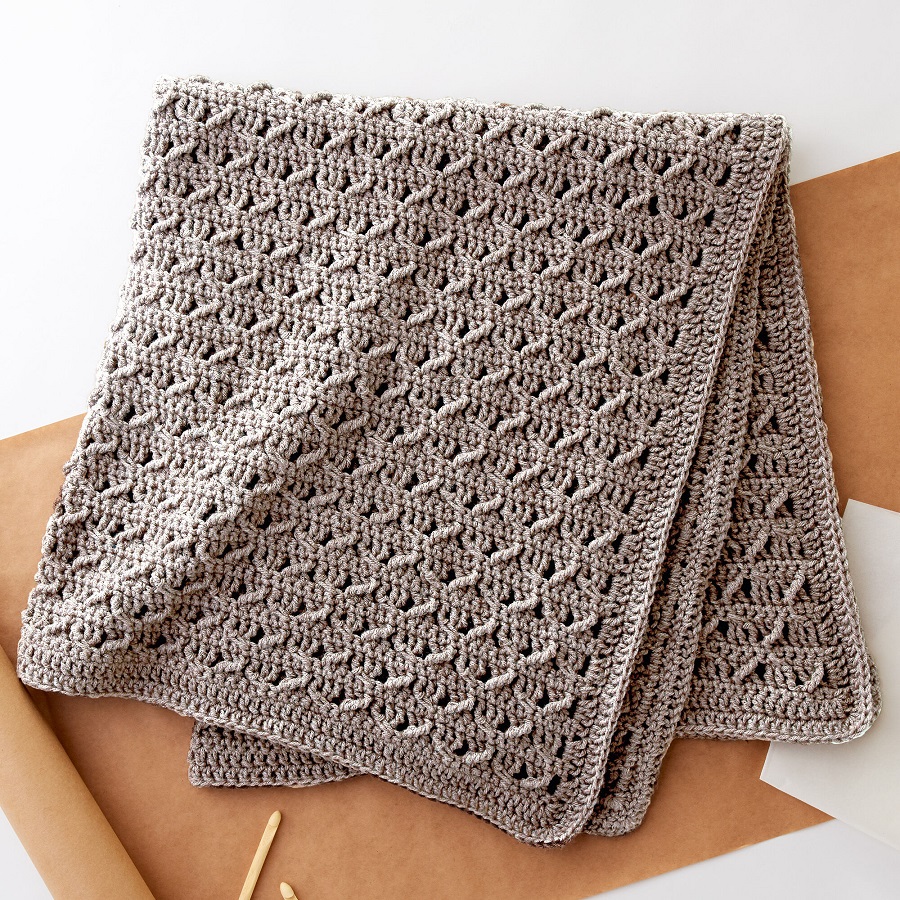Introduction
Afghans blanket – In a world that often rushes by, there’s something undeniably soothing about wrapping yourself in a blanket that carries both warmth and history. Afghan blankets, with their rich colors and intricate designs, offer more than just physical comfort; they encapsulate stories, cultures, and traditions that span generations. Their timeless appeal resonates with many, as they provide not only warmth but also a sense of nostalgia and tranquility.
The Rich Heritage of Afghan Blankets
Afghan blankets, often referred to as “afghans,” have a storied history that dates back centuries. Originating from Afghanistan, these textiles have been crafted by nomadic tribes and settled communities alike, each contributing to their unique tapestry of styles and techniques. Traditionally made from wool, cotton, or a mix of both, these blankets are not only durable but also possess natural insulating properties, making them perfect for the varied climates of the region.
The artistry involved in creating Afghan blankets is deeply tied to the culture and lifestyle of the weavers. Each design often reflects the weaver’s heritage, representing regional motifs, symbols of nature, and traditional patterns. This rich heritage means that no two blankets are exactly alike, giving each piece a unique story and character. The vibrant colors used in these blankets are more than just aesthetic; they often carry meanings related to luck, protection, and connection to the natural world.
Craftsmanship and Artistry
What truly sets Afghan blankets apart is the meticulous craftsmanship that goes into their creation. The weaving methods are typically hand-driven, using looms that have been passed down through generations. This artisanal approach ensures that each blanket is not only a work of art but also a testament to the skill and passion of the artisan. The most sought-after blankets often showcase intricate patterns and elaborate motifs, reflecting a high level of expertise.
Furthermore, many Afghan blankets feature techniques such as embroidery, appliqué, or tufting, adding layers of texture and richness to the fabric. The use of natural dyes, derived from local plants and minerals, adds to the organic beauty of these blankets, making them a cherished addition to any home. The handmade quality also ensures that each blanket possesses a warmth unique to its creator’s touch, offering an emotional connection that mass-produced textiles often lack.
Versatility and Functionality
One of the enduring appeals of Afghan blankets is their versatility. Whether used as a throw over a sofa, a cozy layer for a bed, or even as a decorative wall hanging, these blankets enhance the aesthetic of any space. Their bold patterns and colors can effortlessly elevate the style of a room, adding a bohemian touch or a pop of color that draws the eye.
Moreover, Afghan blankets are not just for aesthetics; they are designed for comfort and functionality. Their warmth makes them perfect companions during cold winter nights, while their breathable nature means they can also be used throughout the year. Many people find Afghan blankets ideal for picnics, beach outings, or camping trips, as they can easily transition between indoor and outdoor use.
A Sustainable Choice
In recent years, there has been a growing awareness of the importance of sustainable and ethical consumer practices. Afghan blankets, particularly those made using traditional methods and natural materials, align well with this ethos. Purchasing handmade blankets supports local artisans and communities, helping to preserve their craft and traditions. This not only sustains the livelihoods of these artisans but also promotes biodiversity by encouraging the use of local, traditional weaving techniques and materials.
In a world increasingly dominated by fast fashion and mass production, investing in Afghan blankets symbolizes a return to more thoughtful, sustainable choices. By choosing such artisanal pieces, consumers contribute to the preservation of cultural heritage and promote ethical trade practices.
The Emotional Connection
Beyond their beauty and functionality, Afghan blankets often carry an emotional weight. Many people have cherished memories associated with these textiles—perhaps a favorite family gathering where a beloved blanket was draped over the couch, or a cozy winter evening spent snuggled up with a good book. They evoke a sense of warmth, safety, and comfort.
Collecting Afghan blankets can also foster connections to different cultures and histories, allowing individuals to appreciate craftsmanship from around the world. In an age where our lives can feel increasingly fragmented, these blankets serve as tangible links to our shared humanity, connecting us through stories and traditions.
Historical Context
The roots of Afghan blankets, commonly known as “kilims” or “sofa covers,” can be traced back to the rich nomadic traditions of the Afghan people. For centuries, these textiles have served both practical and decorative purposes, embodying the essence of Afghan culture. Initially woven by nomads and settled communities alike, their designs reflect the diverse influences from neighboring regions, including Persia, Central Asia, and the Indian subcontinent.
Throughout history, as trade routes crossed through Afghanistan, artisans absorbed various artistic styles, leading to an evolution in textile design. By the 20th century, Afghan blankets became a symbol of cultural identity and pride, showcasing the exceptional craftsmanship of local weavers.
 Craftsmanship and Techniques
Craftsmanship and Techniques
Creating an Afghan blanket is a labor-intensive process that showcases the skill and dedication of the artisans. T
Weaving
The most common method of creating Afghan blankets involves weaving, a practice that requires considerable expertise. The threads used range from natural fibers like wool and cotton to synthetic materials, allowing for variations in texture and durability.
Embroidery
Embroidery adds a layer of artistic expression to Afghan blankets. Artisans often incorporate traditional motifs that carry historical and cultural significance. These designs frequently include symbols representing prosperity, protection, and family lineage. The various stitches and techniques employed create a visual narrative that celebrates Afghan culture.
Felting
This process results in a unique texture and often showcases vibrant colors and patterns that are characteristic of the region.
Cultural Significance of Designs
The designs and motifs found in Afghan blankets serve as rich repositories of history and storytelling. Each pattern has its own meaning, often linked to the social, political, or natural environment of its creators.
Geometric Patterns
These are among the most recognizable motifs in Afghan blankets. They can symbolize the landscape, such as mountains and rivers, or abstract representations of strength and resilience. The repeating patterns often reflect the weaver’s personal journey, encapsulating their experiences and perspectives.
Nature-Inspired Motifs
Afghan textiles are known for their vibrant portrayal of flora and fauna. Flowers, trees, and animals frequently appear in designs, conveying a deep connection to nature. These motifs not only highlight the beauty of the land but also signify abundance and fertility.
Symbolic Colors
The colors used in Afghan blankets are not just aesthetic choices; they carry cultural weight. Red often represents courage, while blue signifies peace. The rich color palette reflects the stunning landscapes of Afghanistan—from the golden hues of the desert to the deep greens of the forests—highlighting the intrinsic relationship between the country’s environment and its art.
Modern Adaptations and Global Influence
In today’s globalized market, Afghan blankets have transcended their traditional roles. Designers around the world are increasingly incorporating Afghan designs into contemporary interiors. Adding a touch of global flair to modern aesthetics.
By purchasing these blankets, consumers contribute to the sustainability of the craft and the livelihoods of the weavers, fostering a sense of global community and appreciation for diverse cultures.
Conclusion
In conclusion, Afghan blankets are more than just woven pieces of fabric. They are embodiments of comfort, artistry, and cultural heritage. Their timeless appeal lies not only in their warmth and functionality but also in the stories they carry and the connections they foster. They warm both body and spirit. Invite you into their narrative, and remind us of the simple joys found in cozy comfort.

